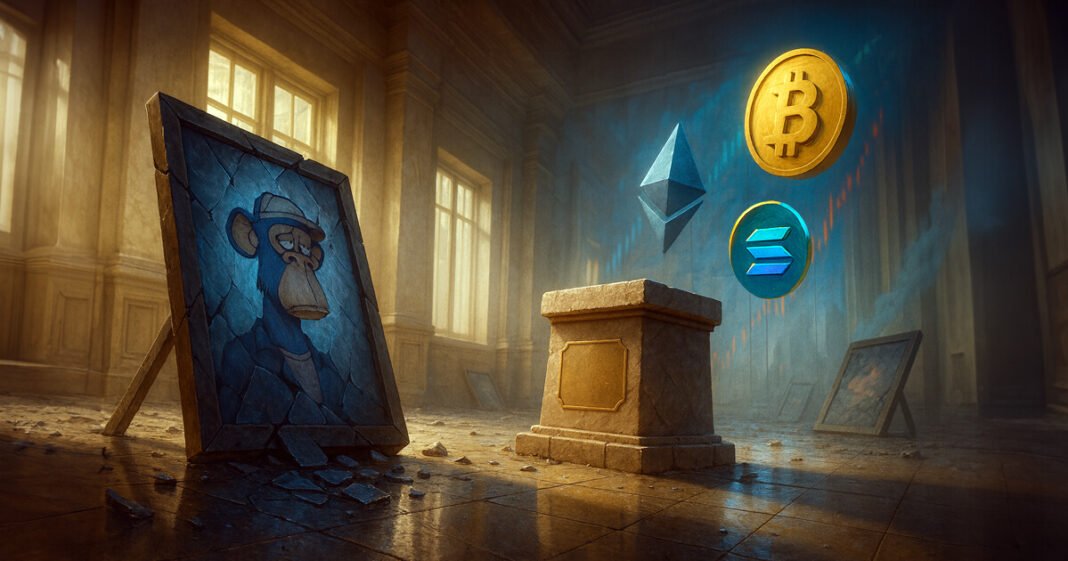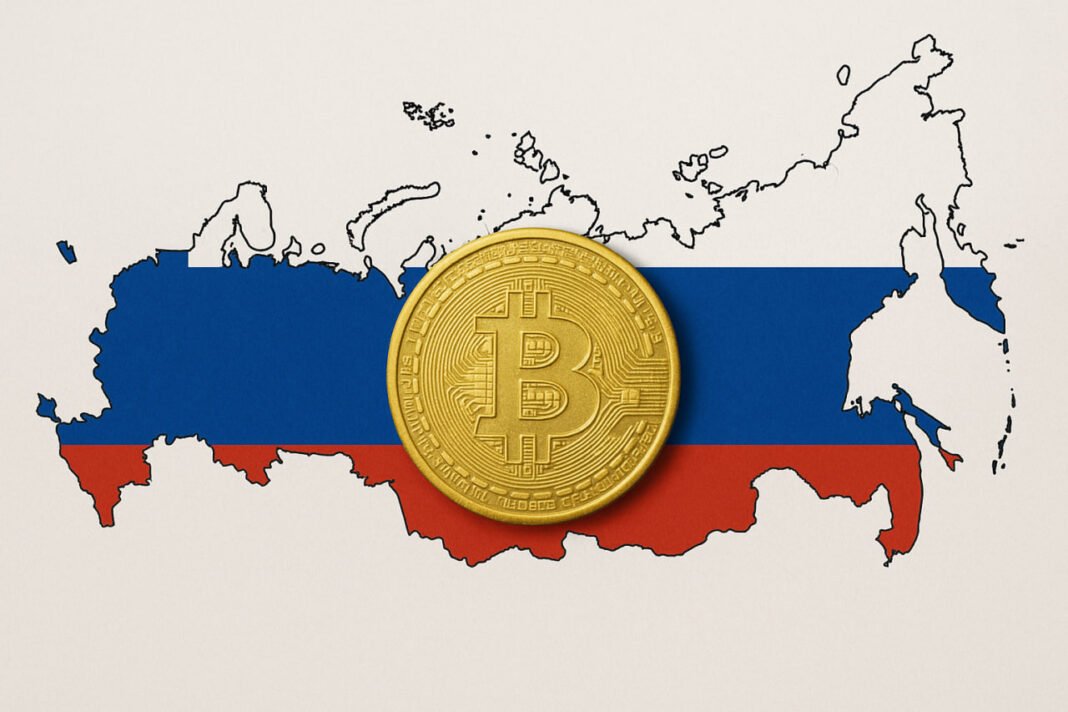From Collectibles to Utility: The New NFT Economy
This isn’t your 2021 NFT market. Ethereum’s scaling advancements, exemplified by EIP-4844, have slashed data costs for rollups, pushing Layer-2 (L2) transaction fees to fractions of a penny. This has paved the way for gasless transactions, particularly appealing for mainstream adoption. Solana, too, has capitalised on its high throughput and compression capabilities, enabling mass issuance of NFTs for loyalty and access programmes at incredibly low costs. Even Bitcoin inscriptions, initially a controversial addition, have carved out a niche in the collectibles market, driven by mempool cycles and miner revenue. By February 2025, over 80 million NFTs had been sold, establishing Bitcoin as a significant player in lifetime NFT sales.
Layer-2s, Solana, and Bitcoin: The Infrastructure Behind the Rebound
While Q3 2025 saw NFT trading volume almost double to $1.58 billion, with sales hitting an all-time high of 18.1 million, these numbers come with caveats. A significant driver was sports NFTs, which experienced a 337 percent increase in sales, reaching $71.1 million. This growth is attributed to the schedulable utility of these NFTs, offering access and loyalty benefits that are less dependent on fluctuating floor prices. July 2025 saw a peak of $574 million in monthly sales, but September witnessed a 25 percent decline, indicating that while the market is recovering, it remains susceptible to broader crypto market sentiment. The days of profile picture projects dominating the space appear to be well and truly over, as the average sale value regime lowers, indicating that GMV now tracks crypto beta even as unique users and utility categories hold up.
The Royalty Collapse and Marketplace Wars
Crucially, distribution is now paramount. User-friendly wallets with embedded passkeys and sponsored fees are reducing onboarding friction. Coinbase Smart Wallet, for example, supports passkeys and gas sponsorship, while Phantom reported 15 million monthly active users in January 2025, providing a robust foundation for mobile and social minting. This is particularly evident on Base, which has surpassed Solana in NFT volume on some metrics, thanks to cheap minting options, Zora’s mass-minting activities, and integration with platforms like Farcaster. Creators are now prioritising distribution strategies, factoring in fee structures as a secondary consideration.
Read Also: Microsoft’s OpenAI Stake Valued at $135B
Sports, Gaming, and Loyalty NFTs: The Real Growth Engines
The collapse of creator royalties, triggered by marketplace wars that made them optional, has further reshaped the landscape. Royalties reached two-year lows in 2023 and have failed to recover. This has led to the emergence of royalty-enforcement venues like Magic Eden and Yuga Labs’ Ethereum marketplace, creating a bifurcated market. Low take-rates and primary sales, coupled with IP deals and retail partnerships, now drive most creator revenue, while walled gardens cater to premium drops where royalties are contractually enforced. Marketplaces like Magic Eden and Tensor on Solana are engaged in a constant battle for market share, driven by incentive programmes, making long-term dominance difficult to achieve.
Scenarios for 2026: Bear, Base, and Bull Cases
The future success of the NFT market hinges on several key factors. Sports, ticketing, and loyalty programmes are demonstrating scalability, as the benefits they offer are scheduled and recurring. Gaming is also showing consistent growth, with Immutable’s zkEVM stack offering a promising framework for secure asset custody and recurring secondary fees. Licensing and IP are bridging the gap between digital assets and consumer channels, with examples like Pudgy Penguins’ expansion into Walmart stores demonstrating the potential for NFTs to generate physical retail and licensing revenue.
What Will Define the Next Phase of NFT Growth
Looking ahead, three potential scenarios emerge. A bear case, with a $4–5 billion annualised GMV, would see continued market stagnation, with fee-sensitive activities concentrated on Solana and ETH L2s, while ETH L1 remains focused on high-value art. A base case, projecting $6–9 billion, requires continued expansion of embedded wallets and social minting, along with the scaling of sports and live-event programmes. A bull case, targeting $10–14 billion, necessitates a significant leap in mobile distribution, with widespread adoption of passkeys and mainstream integration of ticketing pilots and gaming assets. Regardless of the scenario, ETH L2 and Solana are expected to gain market share, while ETH L1 maintains its focus on high-end collectibles.
Remaining Risks and the Path Forward
Several key indicators will determine which path the market takes. Wallet UX and distribution, measured by passkey adoption and MAUs for Phantom and Coinbase Smart Wallet, will be crucial. The prevalence of royalty enforcement will also play a significant role, influencing the attractiveness of premium drops. The progress of sports and ticketing partnerships in moving from pilot projects to full-season programmes will also be vital. The adoption of Solana compression and its impact on loyalty and media programmes will further shape the market landscape. Finally, Bitcoin fee cycles and their correlation with inscriptions and Runes will continue to influence the pricing of collectibles.
Conclusion: The End of JPEG Mania, the Start of Utility NFTs
It’s important to acknowledge the ongoing risks of wash trading and spam minting, which continue to distort market data. Furthermore, the reliance on marketplace incentives can create a false sense of market dominance, particularly on Solana. The shift away from royalties necessitates a focus on primary sales, IP licensing, and retail partnerships as key revenue streams. The JPEG boom is definitively over, but the underlying technology is finally finding practical applications in areas like ticketing, sports, gaming, and IP, with wallets and distribution channels increasingly aligning with user needs. The Bored Ape Yacht Club remains in a perilous state, underscoring the risks associated with speculative investments in purely aesthetic NFTs. The focus has shifted to enabling real-world utility applications. The NFT market is not dead; it is evolving, and its future success depends on embracing this new utility-driven paradigm.






